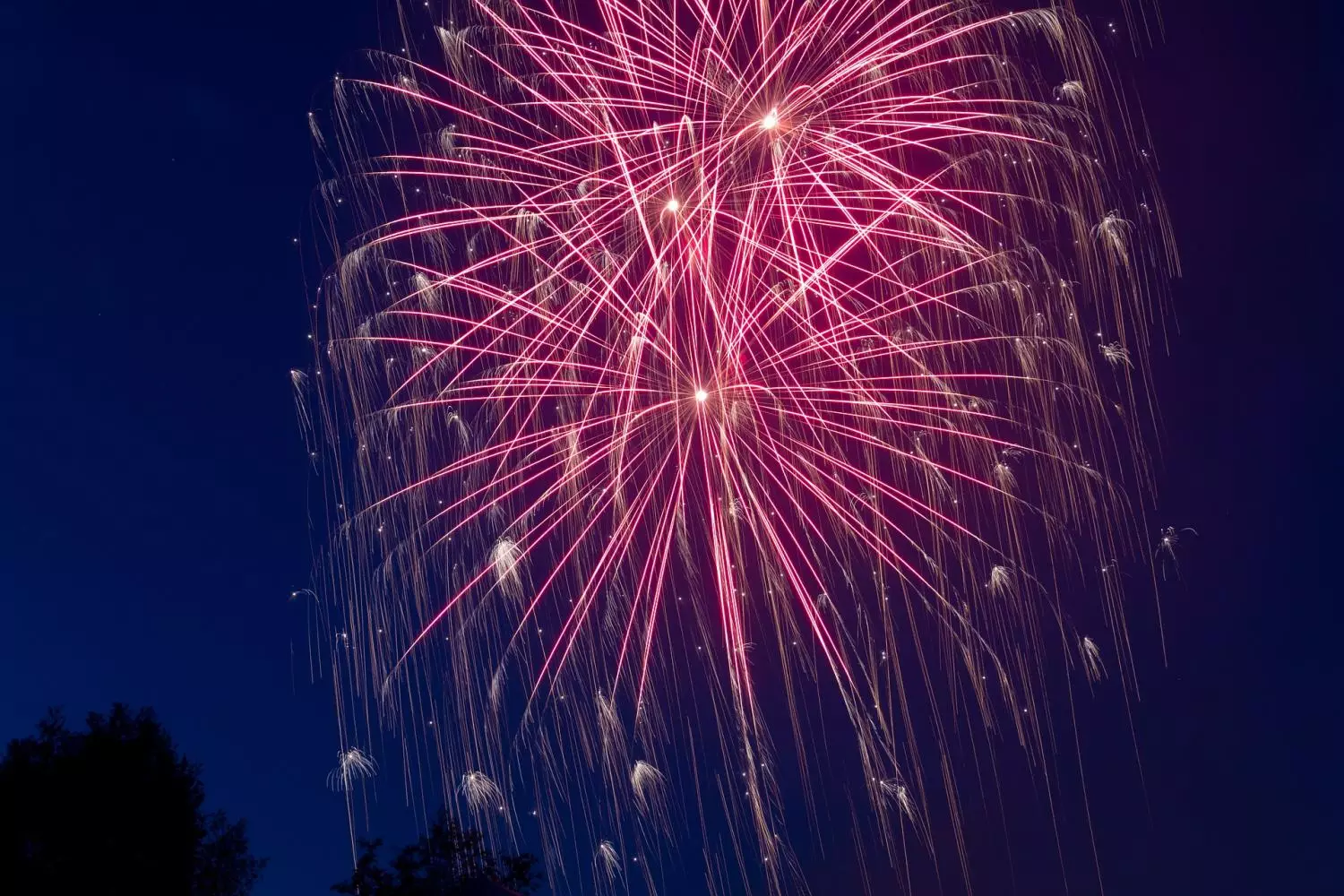Each year, as Independence Day nears, Utah bursts into a spectrum of color and sound, with fireworks illuminating the night sky while people gather to celebrate freedom and unity. The imagery is enticing; however, beneath the veil of festivity lies a significant concern that is often overlooked—air quality deterioration due to firework emissions. A recent study from Brigham Young University (BYU) sheds light on this pressing issue, uncovering the alarming level of particulate matter released during these celebrations.
Led by geology professor Greg Carling, the study offers an insightful perspective on how fireworks contribute to air pollution, particularly within the Wasatch Front valley. With the delight of fireworks comes a potentially hazardous side effect—an increase in particulate matter that can pose serious health risks. It forces us to confront a conflicting reality: the joy of colorful displays risks overshadowing the imperative of maintaining clean air.
The Hidden Dangers of Particulate Matter
During the study, Carling and his team meticulously examined the types of particulate matter being dispersed in the air, specifically focusing on the notorious PM2.5 particles. These minuscule particles are alarmingly concerning due to their ability to penetrate deep into the lungs and enter the bloodstream, leading to various health conditions, from respiratory illnesses to cardiovascular diseases. The research found that mineral dust, seasonal weather inversions, and the celebratory fireworks of the summer months situate themselves as the prime players in the deterioration of air quality.
Carling articulately emphasizes, “We know we’re breathing in these particles that are unhealthy during firework events, dust storms, or winter inversions.” However, recognizing the composition of these particulates is paramount. The study revealed that explosive displays release not just joy, but also harmful trace metals such as barium and copper—elements known to exacerbate health issues when accumulated over time.
An Urgent Call for Awareness and Action
While the BYU study spotlights grave findings regarding air quality, it also demands greater responsibility from both individuals and policymakers. The health effects of the metallic pollutants released—such as arsenic, cadmium, and lead—should compel residents to reevaluate their preferences regarding personal firework displays. As Carling points out, “Metals are really good at moving around from the atmosphere into the soil, into the water and into our food.” The persistent nature of these pollutants makes it crucial for us to reconsider the long-term implications of our celebratory traditions.
Moreover, one of the most glaring gaps highlighted in the study is the absence of stringent air quality standards for trace metals compared to the rigorous drinking water regulations in place. Carling’s findings beg the question: why are we willing to compromise air quality—a vital component of public health—while maintaining high standards for our water?
Shifting Behaviors and Policies
The challenge now lies in shifting cultural behaviors regarding fireworks. Carling offers a ray of hope by advocating for community firework displays instead of individual shows, highlighting the importance of collective enjoyment without the added environmental burden. By embracing city-hosted events, residents can still partake in the jubilation of fireworks while mitigating their contribution to air pollution.
Educating the public about the impacts of air quality during festive periods is essential. For instance, encouraging exercise indoors on days when air quality is poor can significantly decrease exposure to harmful pollutants. Greater awareness can lead to informed decision-making, pushing community members to prioritize their health alongside their celebrations.
Additionally, Carling’s research opens a doorway for policymakers to act. By using these findings, regulations can be put in place to limit the types and quantity of fireworks allowed, thereby safeguarding air quality and public health. The intersection of research and legislation could pave the way for enhanced environmental laws that protect the air we breathe.
The vibrant sparkles that light up Utah’s night sky on Independence Day will certainly continue to bring joy and excitement, but it’s imperative we recognize the cost at which this joy comes. It’s time for a paradigm shift—a blend of celebration and caution, enabling us to preserve the beauty of our traditions while promoting a healthier, sustainable environment.


Leave a Reply